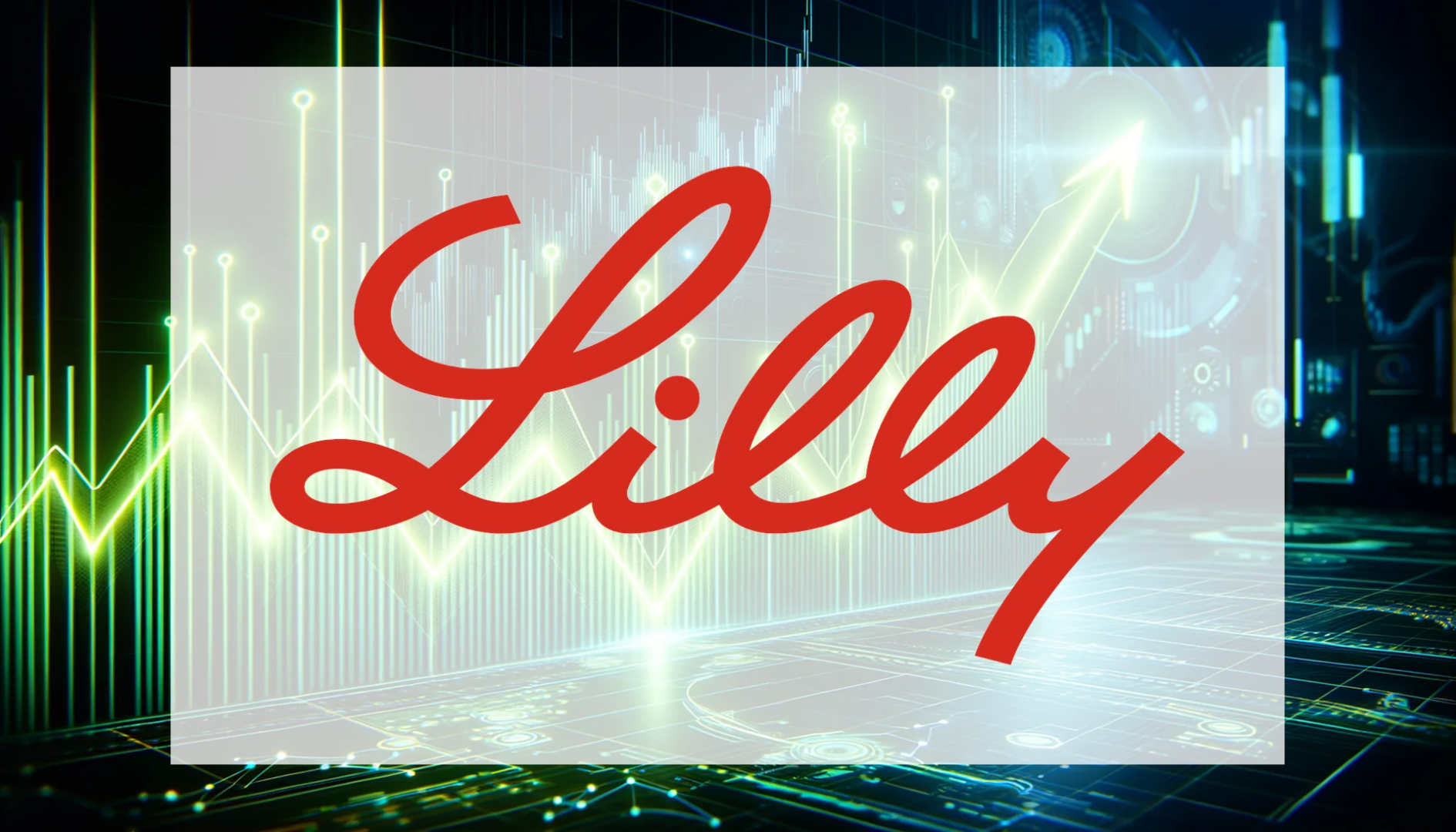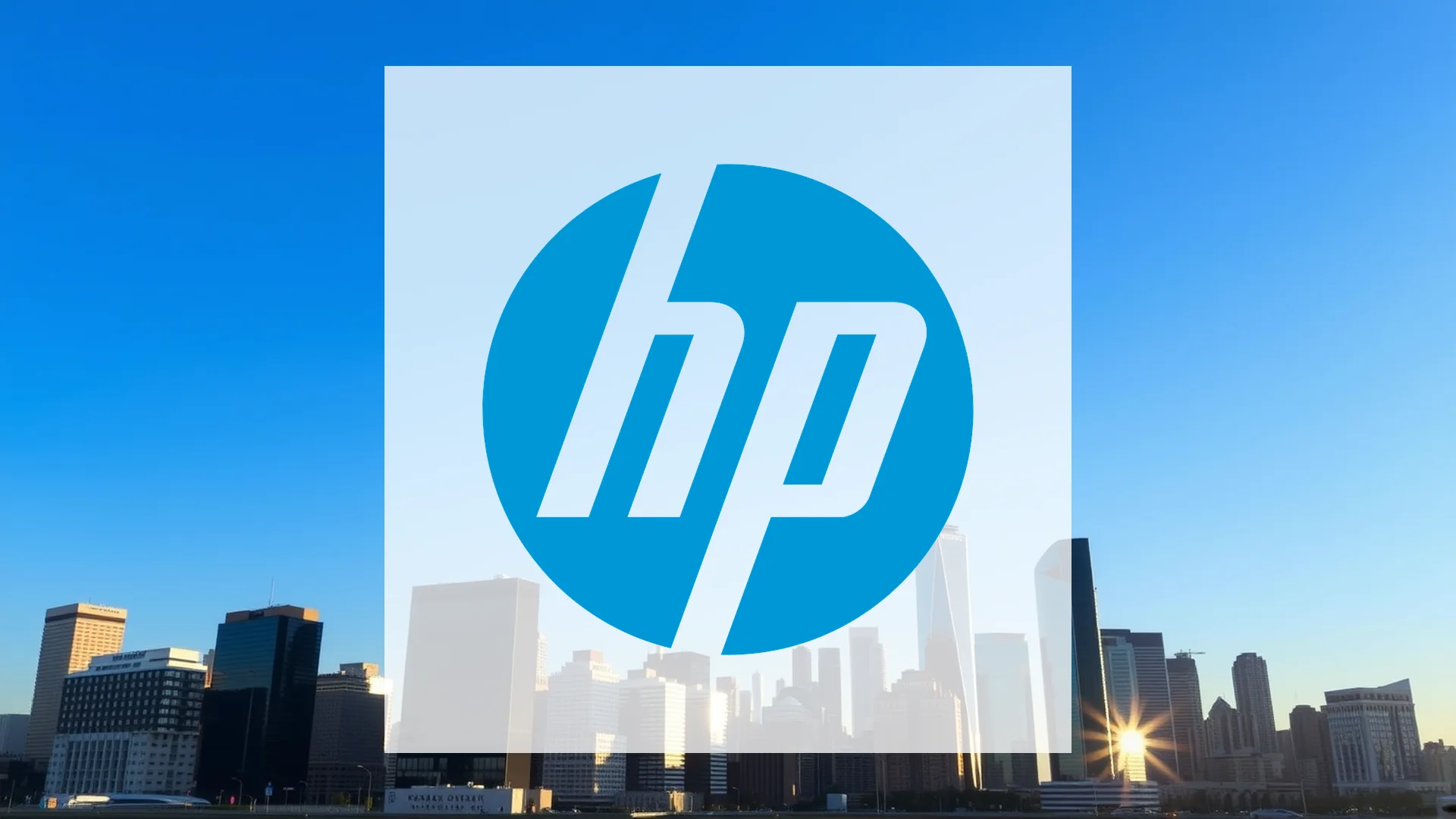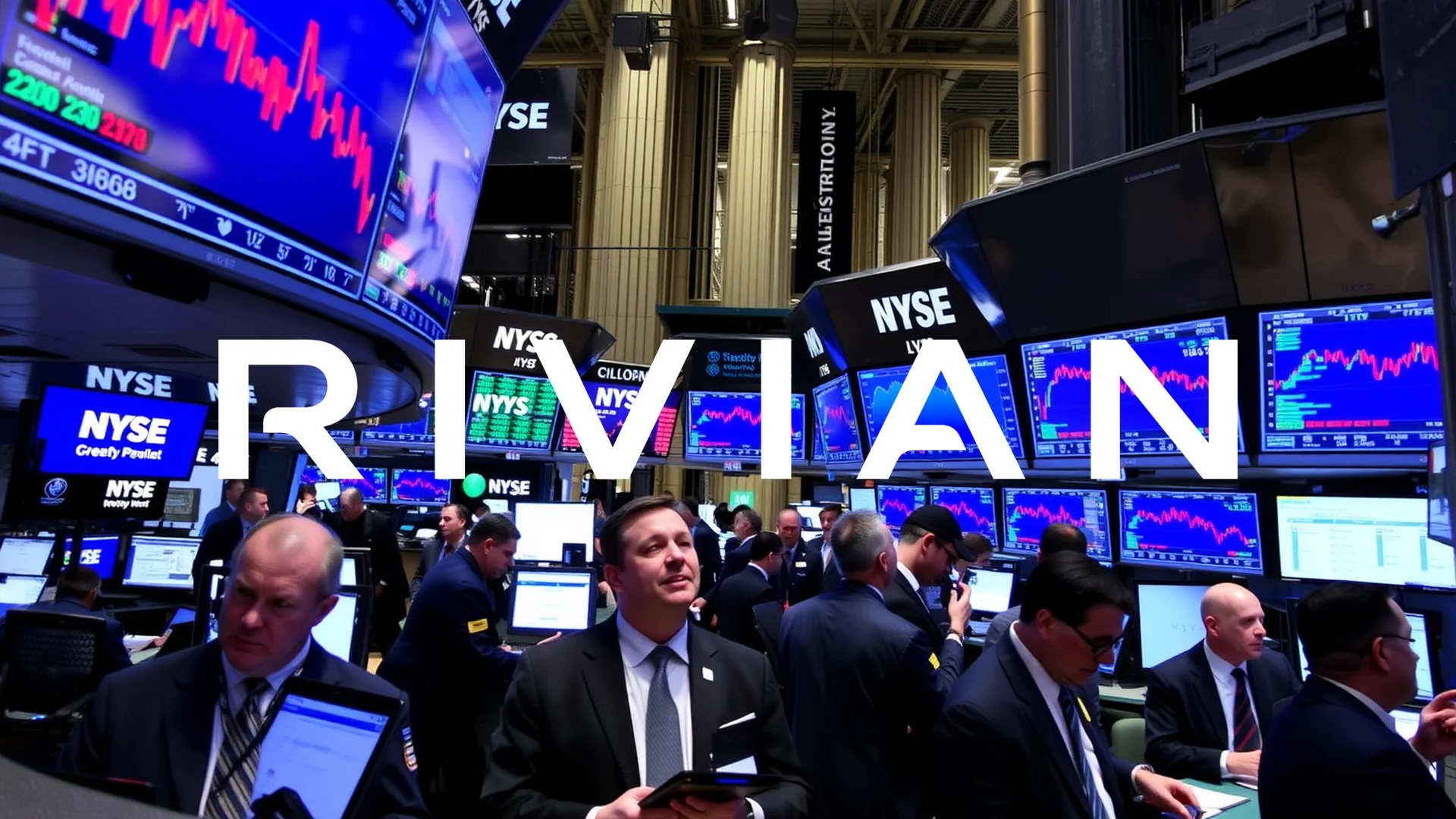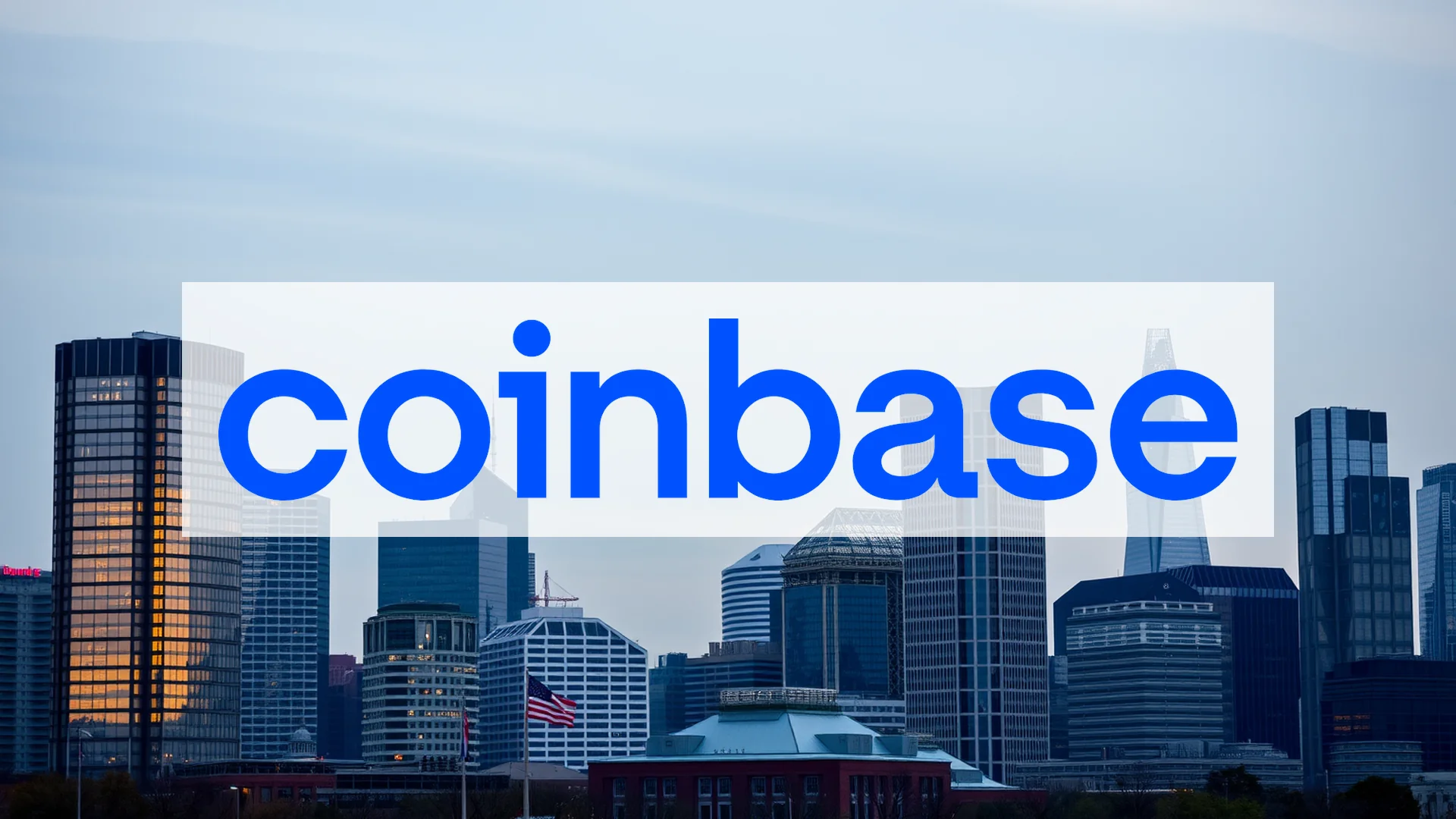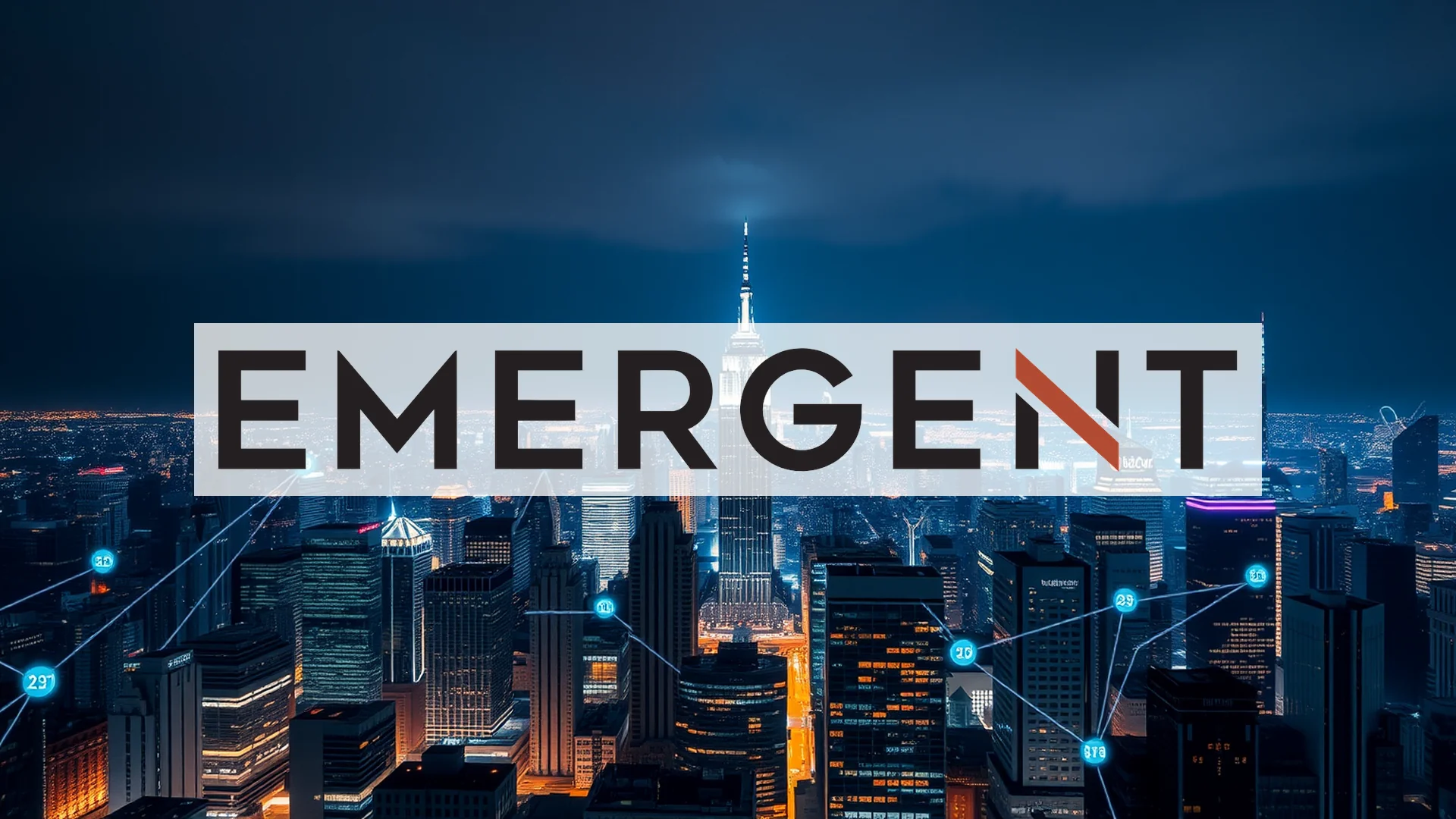Eli Lilly has become the first pharmaceutical company globally to surpass a $1 trillion market valuation, marking an unprecedented milestone for the healthcare sector. The driving force behind this historic achievement stems from overwhelming demand for the company’s weight-loss medications, positioning the firm more like a high-growth technology enterprise than a traditional drug manufacturer on Wall Street. This raises important questions about whether the underlying business fundamentals can sustain such extraordinary market performance or if expectations have become overly optimistic.
Financial Performance Justifies Premium Valuation
The company’s impressive third-quarter results provide substantial foundation for investor enthusiasm, with revenue surging 54% beyond analyst projections. This exceptional growth has been primarily fueled by the remarkable market performance of Zepbound, one of Eli Lilly’s flagship medications. Shares reached a record high of €920.00 at Friday’s close, reflecting strong market confidence in the company’s trajectory.
Market specialists now evaluate the GLP-1 drug portfolio using metrics typically reserved for software-as-a-service (SaaS) companies, characterized by predictable recurring revenue streams. This analytical approach helps explain the significant valuation premium Eli Lilly commands compared to established pharmaceutical competitors such as Pfizer and Merck.
Strategic Bypass of Traditional Distribution Channels
Beyond fundamental financial performance, a recent strategic announcement has further energized investor sentiment. Beginning in 2026, Eli Lilly plans to implement an innovative “Direct-to-Employer” distribution model that would circumvent the established Pharmacy Benefit Manager (PBM) system in the United States.
Should investors sell immediately? Or is it worth buying Eli Lilly?
Through collaborations with health technology companies, this initiative aims to provide employers with more direct and cost-effective access to the pharmaceutical giant’s most successful treatments. This strategic maneuver represents a direct challenge to conventional healthcare intermediaries and could substantially enhance corporate profit margins over the long term.
Future Growth Catalysts on the Horizon
Investment analysts are looking beyond current achievements to identify potential future growth drivers. The anticipated regulatory decision regarding an oral formulation of the weight-loss treatment, expected in early 2026, could eliminate the current injection requirement, potentially expanding the medication’s addressable market significantly.
Financial institutions including Citi have revised their price targets upward, with some projections reaching as high as $1,500 per share. These analysts believe the company could achieve annual revenues exceeding $40 billion, particularly as the oral formulation removes administration barriers. International expansion initiatives, including strategic partnerships in markets like India, demonstrate Eli Lilly’s commitment to maintaining its competitive position within the weight-loss treatment duopoly it shares with Novo Nordisk.
The trillion-dollar valuation milestone appears to represent not a ceiling for growth, but rather a new foundation from which the company can continue its expansion.
Ad
Eli Lilly Stock: Buy or Sell?! New Eli Lilly Analysis from November 24 delivers the answer:
The latest Eli Lilly figures speak for themselves: Urgent action needed for Eli Lilly investors. Is it worth buying or should you sell? Find out what to do now in the current free analysis from November 24.
Eli Lilly: Buy or sell? Read more here...

